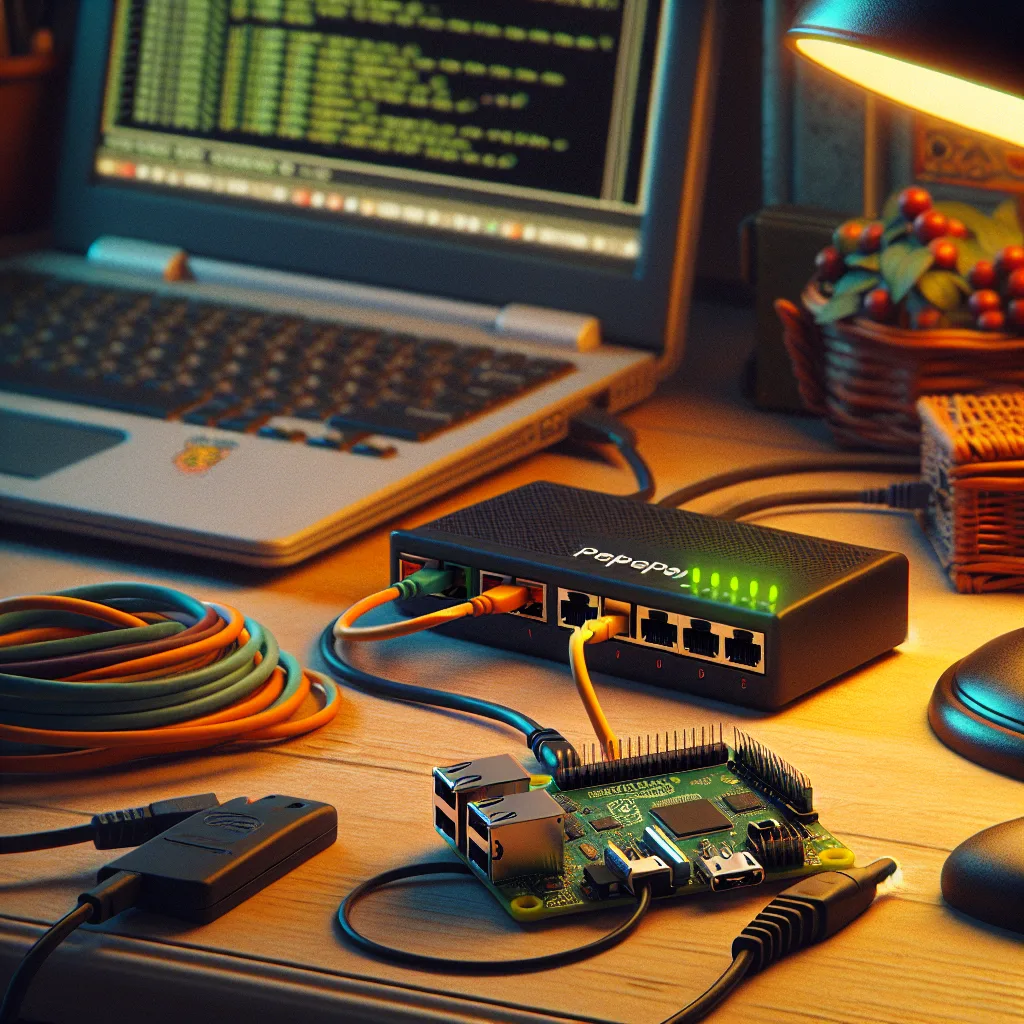New to homelabbing and confused about network switches? Learn the simple difference between managed and unmanaged switches and find the right one for you.
So, you’ve got the bug.
It starts slowly. First, a Raspberry Pi for a fun little project. Then you get a hand-me-down PC from a friend, and a little spark goes off in your head: “I could turn this into a server.” Before you know it, you have a small stack of devices, a head full of ideas, and one nagging question:
How do I connect all this stuff together?
Your ISP-provided router only has four ports, and they’re already full. You’ve seen pictures of other people’s setups with these complex-looking boxes covered in blinking lights. You’ve heard them called switches. You’ve even heard people say they use them “to do switch things.”
What does that even mean? Let’s talk about it.
First Off, What is a Network Switch?
Let’s keep it simple. A network switch is like a smart power strip for your internet connection.
You plug one cable from your router into the switch, and suddenly you have 4, 8, 16, or even more ports to use. Each device you plug into that switch gets its own dedicated, stable connection. It’s the foundation of any network that has more than a couple of devices.
For a homelab, this is essential. Your Raspberry Pi running Pi-hole, your PC running a media server, your future NAS—they all need a reliable, wired connection to talk to each other and the internet. A switch makes that happen.
But the real question isn’t if you need a switch. It’s what kind of switch you need. This is where things can get confusing, but they don’t have to be. It really boils down to two main choices.
The Two Flavors: Unmanaged vs. Managed
This is the main fork in the road. Your choice here depends entirely on what you want to do with your homelab.
1. The Unmanaged Switch: Plug It In and Forget It
This is the simplest option. An unmanaged switch does one job and does it well: it gives you more Ethernet ports.
There’s no setup. No software. No password to forget. You take it out of the box, plug in the power, connect it to your router, and start plugging in your devices. It just works.
- Who is this for? This is for the person who says, “I just need more ports.” If your goal is to get your devices online quickly and you don’t want to mess with network settings, this is your answer. It’s cheap, reliable, and does exactly what it says on the tin.
2. The Managed Switch: You’re in Control
A managed switch is the “pro” option, but don’t let that scare you. “Managed” simply means you can log into the switch and configure it. You get control over how your network behaves.
The single biggest reason to get a managed switch for a homelab is for something called VLANs (Virtual Local Area Networks).
In simple terms, VLANs let you create separate, isolated networks using the same switch. Think of it like putting up digital walls between groups of devices.
Why is this so cool?
* Security: You can put all your “Internet of Things” (IoT) devices—like smart plugs or cameras—on their own VLAN. They can talk to the internet, but they can’t see or access your main computer or your NAS.
* Organization: You can create a “lab” VLAN for all your experimental projects, keeping them separate from your “home” network that your family uses.
* Learning: Setting up VLANs is a fundamental networking skill. If you’re building a homelab to learn, getting a managed switch is a fantastic way to dive into the world of networking.
Many managed switches, often called “Smart” or “Web-Managed,” have a simple website-like interface. You don’t necessarily need to be a command-line wizard to use them.
So, Which One Should You Actually Buy?
Here’s the honest, no-fluff advice.
If you are just starting your homelab journey, an 8-port unmanaged gigabit switch is probably all you need.
Seriously. It will cost you about $20. It will solve your immediate problem (not enough ports) and let you focus on learning the other parts of your lab, like setting up your server or configuring your Raspberry Pis. You can always upgrade later. Don’t let the pursuit of the “perfect” switch stop you from making progress.
However, if you’re the kind of person who loves to tinker, and the idea of creating separate virtual networks sounds more exciting than intimidating, then get a small, managed switch. It’s a foundational piece of gear that will grow with you. It’s an investment not just in your lab, but in your skills. You can find 8-port managed switches for a very reasonable price, and they are worth every penny if you plan on using the features.
A quick side note: You might see switches that mention PoE (Power over Ethernet). This means the switch can send electrical power through the Ethernet cable to a compatible device. This is super handy for things like Wi-Fi access points or security cameras, as they won’t need a separate power adapter. It adds to the cost, so only get it if you know you have a use for it.
Ultimately, the best switch is the one that gets your lab running. Start simple, see what you need, and don’t be afraid to upgrade down the road. Welcome to the rabbit hole.
